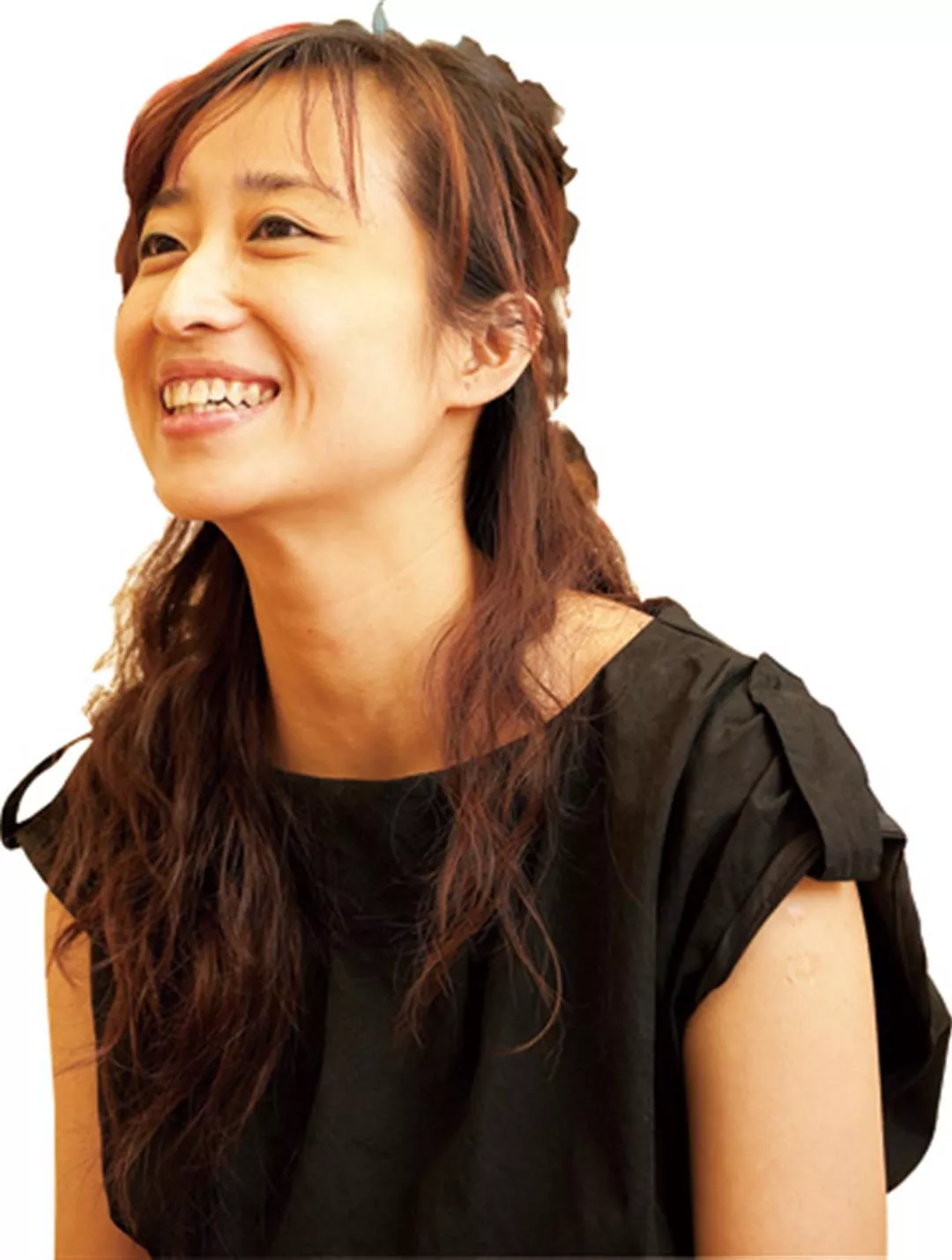Moving artworks
After taking the reins, Shih's catch-cry was "get art moving!" He set out to make not only the plaza in front of the museum and the walls and windows of the place into spaces for the creation and promotion of art, but also to make the underground mall connected to Zhongshan Metro Station into a kind of supplementary gallery.
Lin Yu-chieh, the MOCA's deputy director and chief curator, tells the story of the museum's first efforts to get into the station mall. First off, she had to go and talk to the people in charge of the mall, the main one of whom was a large, brawny man who looked for all the world like a gangster. At first, upon hearing that the museum wanted to rent space to use for exhibitions, he was completely uninterested. When he looked at the store nearest the station exit, though, which went for a high rent but was about to be vacated, he decided that rather than have to leave it empty, he would give the MOCA the site on the condition that they had an exhibition ready to go in four days.
Lin was amazed and overjoyed, and turned for help to National Taiwan University of Arts professor and artist Wang Sen, who got together three interactive projected films ready to exhibit. Neither expected, though, that the aforementioned brawny boss would take one look at the snowy scenes in the films and frostily respond, "Are you trying to freeze out all our business?"
Thinking on her feet, Lin quickly came up with a name for the exhibition punning on the word "shopping" in English and the word "snow" in Chinese, which won over the store owners, and in October 2008, this exhibition served as the MOCA's first in the mall area. Thanks to the novelty of snowy scenes in Taipei, the piece also added a little of the dream world to the shopping area.
This first exhibition was followed by "DoGoD," by award-winning visual artist Peng Hung-chih. Ten screens were set up in a black-painted space, each screen showing a dog licking a wall, its tongue writing quotes from holy works from different religions and in 11 languages. The aim was to illustrate the cognitive clash between "animalistic" and "human" and where mankind fits in the continuum between God and Dog.
Not only did the dogs become something of a lucky charm for the shops in the mall, every day they would draw more and more children, who would stand, transfixed by the dogs. This fact was noticed not only by passersby, storeholders, and the Metro's operating authority, but also by a canny businessman who set up a children's bookstore nearby.
Now occupying three former stores-an area of about 100 m2-the exhibition space, now known as MOCA Studio, has begun offering space to up-and-coming Taiwanese artists free of charge, with exhibitions changing each month. Since its opening, it has been host to 17 exhibitions, and has so far provided exposure for over 100 artists a year.
On the way from Zhongshan Station to the MOCA is a park that potential visitors must pass through after exiting the station. Originally strewn with transformers and the like, this once-uninteresting park finished its transformation in February this year thanks to the work of the museum and the Department of Cultural Affairs, and is now home to several pieces of public art. From statues of cute, anthropomorphized animals to a "music robot" which can be plugged into your MP3 player to serve as speakers, the park is now sure to put a smile on the faces and in the hearts of visitors, providing a surprising avenue for art in everyday life.
Lin Yu-chieh says she is often asked exactly what "contemporary art" is. Part of her efforts to answer this is her seizing on every opportunity to get art into public spaces, exposing the public to contemporary art's breaking of rules and shattering of preconceptions, and educating by taking art out of its ivory tower.

In keeping with the motto "Get art moving!" MOCA deputy director and chief curator Lin Yu-chieh aims to shatter preconceptions and make art a part of everyday life.